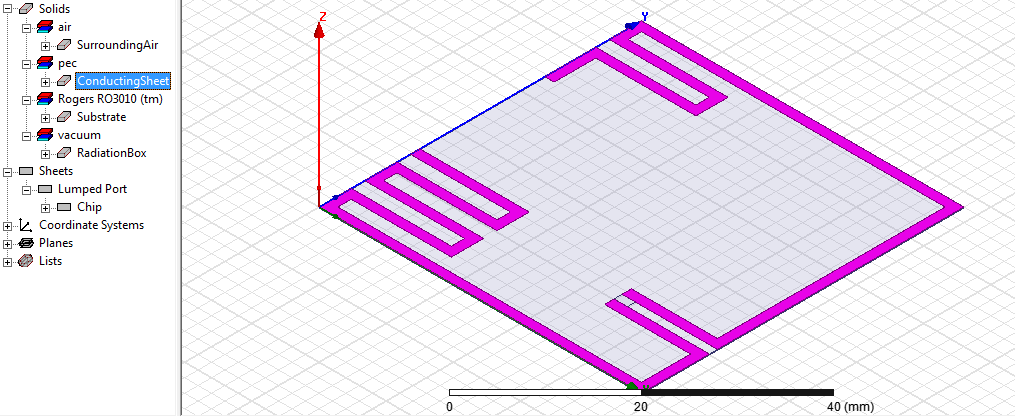zubii
Newbie level 4
Hi everyone,
I am new to the field of UHF Passive RFID tag antanna's.
I am using HFSS tool to reproduce the tag antenna of a research paper.
I have made the structure and set all the parameters like substrate material, conductor thickness, (quater wavelength) radiation box, solution frequency 891 MHz and most importantly the chip impedance using lump port.
I am getting very bad results, S11 is very bad, not achieving antenna impedance if i change the lump port impedance the result remains the same? how is it possible, can anyone suggest me where m i doing the mistake?
I am new to the field of UHF Passive RFID tag antanna's.
I am using HFSS tool to reproduce the tag antenna of a research paper.
I have made the structure and set all the parameters like substrate material, conductor thickness, (quater wavelength) radiation box, solution frequency 891 MHz and most importantly the chip impedance using lump port.
I am getting very bad results, S11 is very bad, not achieving antenna impedance if i change the lump port impedance the result remains the same? how is it possible, can anyone suggest me where m i doing the mistake?
